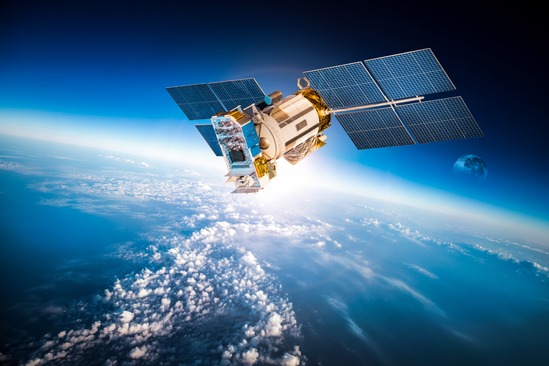Direct to satellite communications won’t be a big money spinner straight off
Smartphone to satellite direct communications becomes a commercial service in the US on 23rd July with the launch of the ‘T-Satellite’ service on T-Mobile via SpaceX Starlink.
It is both a technological achievement and rather an underwhelming event following the hype that has gone into the subject over the last two years.
D2D is not going to meet some of the overheated expectations of the space industry as its next great white hope.
It will not produce billions of new short term revenues.
What it will do to begin with is provide a very useful emergency and texting service. More will come later.
Route one – need new phones
D2D has already evolved a long way over a short time.
As it started off, it was a deal between phone makers and existing satellite operators, notably the fist-generation LEO systems Iridium and Globalstar.
With new chips in smartphones which could work on these operators’ frequencies, D2D service could commence, and a couple of years ago the big smartphone chipmakers began to look into tieups to make this work.
This was a buzz theme at Mobile World Congress in 2023.
Qualcomm had just signed up to work on D2D with Iridium, and Samsung and Mediatek were also looking at deals with smartphone makers.
Only one of those deals stuck – Apple and Globalstar.
That deal, in which all iPhones produced from the 14 series onwards work on Globalstar frequencies as well as the usual cellular ones, has subsequently been enlarged and Apple is now the primary backer of the next generation of Globalstar satellites.
The Apple service at the moment is free. The other putative tieups however came to nothing because monetising service via this route would have been very complex.
Route two – needing new satellites
Instead D2D is moving emphatically towards service via a second option – using terrestrial cellular operator frequency.
In theory, this means that all phones should be able to use the service – a TAM of seven billion or so of phones.
Because of that, it was always the most logical way forward, but it did imply that investment needed to be made in new satellites which could work on those cellular frequencies.
Starlink had the inside track for this because it could adapt satellites it already planned to launch.
This move made the business model much more simple: service would be sold by the mobile operator and the satellite system would be like tower cellular infrastructure.
A question of politics as well as investment
Starlink however means the divisive figure of Elon Musk and there has been a lot of reticence in the telecoms industry to the emerging D2D industry being dominated by a satellite system he controls.
This reticence has helped American rivals AST SpaceMobile and Lynk Global find backing. Both are startups and ambitious and needs lots of capital. AST in particular looks set to find the resources to launch a global system of broadband D2D capable of much more than emergency messaging. It has found backing from T-Mobile’s US mobile industry rivals AT&T and Verizon, and Google among others.
Vodafone has done a joint venture deal with AST SpaceMobile to run service in Europe.
The move to cellular operator frequency moves the D2D business squarely into the mobile operators’ court.
Service can only work through them.
Unsurprisingly they want to integrate D2D service into their existing tariff offerings.
At present users are restricted to low rate messaging and testing on Starlink so far has shown that only some smartphones work well on the service.
However technology is moving fast. AST is aiming at broadband communications, and Vodafone aims to have its JV service up and running in Europe in 2026.
More in the works
Meanwhile SpaceX, ever ambitious and trying to push the boundaries, wants to orbit some of its forthcoming satellites closer to the Earth. It also wants to increase their power output. That would bring its D2D performance to rival that of AST. And Starlink launches frequently and can put capacity into space more quickly.
The latest and forthcoming work of standards body 3GPP will improve the reception and signal performance with satellites of new smartphone chipsets. Further out D2D may spread out into further services such as vehicle communications.
So while the first steps in D2D have been smaller than the technology’s first boosters claimed, longer term it has substantial potential. Hence the big mobile players have made or are considering substantial investments which go well beyond the payback from messaging service.
Already though the launch of emergency satellite messaging is a major technological milestone in global communications.
Getting the small antenna on a smartphone to communicate with a satellite moving across the skey hundreds of kilometres above it sounds a long shot, and it is.
To paraphrase the first man on the moon, Neil Armstrong, one small step for the telecoms industry, but one great leap for mankind.




